Tui Na
What is Tui Na?
Considered to be one of the "Five Pillars" of Chinese Medicine (along with Acupuncture, Herbal Medicine, Qi Gong and Yang Sheng "lifestyle advice"), Tui Na is much more than just another type of massage. Rather, it is a form of bodywork rooted in Chinese Medicine diagnostics that incorporates specific massage techniques, stretches and joint realignments to treat a wide variety of ailments. In Chinese, Tui means "to push" and Na means "to grasp". Roughly translated, this motion of pushing and grasping is the foundation of various Tui Na techniques used to treat the body.
A variety of techniques or "Fa" are are employed at different stages within a Tui Na treatment. Some techniques are used in isolation or combined with another technique. A typical treatment will include three stages; adaptive, analgesic and dissipative. While experiencing a Tui Na treatment, you may wish to reflect upon these various techniques and see how your body responds to them.
How is Tui Na different from other types of massage?
As Tui Na relies on Chinese Medicine diagnostics, your practitioner will begin the treatment by taking a full health history as well as looking at your tongue and feeling your pulse. This enables your practitioner to gather a full picture of what may be creating systemic imbalances in your body. Additionally, unlike some forms of bodywork where there is direct "skin to skin" contact, the Tui Na practitioner will often employ Tui Na techniques over a thin sheet that covers the body. This gently stimulates the body's Qi (energetic value) in order to relieve stagnation and release pathogens. Sometimes the practitioner may deem it necessary to apply other techniques that require direct skin contact such as Cupping, Gua Sha or Moxibustion.
What does a Tui Na treatment feel like?
Tui Na techniques may evoke a sensitivity that suggests your body is responding to the treatment; however, it is important to communicate with your practitioner at any time if you are experiencing any discomfort. The treatment is meant to be therapeutic and restorative. Tui Na treatments will be performed according to strict health & safety standards that protect both the patient and practitioner.
What conditions can Tui Na treat?
As a holistic auxiliary technique, Tui Na on its own doesn't profess to be a "cure-all" treatment. However, it has been found to be effective in supporting the body with the following conditions;
- anxiety, stress and depression
- arthritis and joint stiffness
- chronic pain and headaches / migraines
- circulatory issues
- digestive irregularities (constipation, diarrhoea, bloating, pain, reflux etc...)
- energy levels
- injury recovery
- menopausal symptoms (hot flushes, emotional irregularities, dryness, joint stiffness etc...)
- menstruation symptoms ( pain, cramps, bloating, headaches, irregularity etc...)
- musculoskeletal pain, misalignment and posture
- sciatica
- sleep patterns
Is Tui Na difficult to learn?
Tui Na is an ancient practice that is considered to be not only a type of therapy but is revered as an art form that takes years of practice and dedication to master. A practitioner's skills develop and evolve with time, along with their ability to diagnose and treat patients. A Tui Na practitioner is not solely focused on mastering the skills but also understanding the principles of Chinese Medicine that form the foundation of this incredible healing modality.
If you wish to learn more about Tui Na and its benefits, the following books are highly recommended.
- Tui Na: A Manual of Chinese Massage Therapy by Sarah Pritchard
- The Practice of Tui Na: Principles, Diagnostics, and Working with the Sinew Channels by Rob Aspell


